Wild This Week
A wander alongside a muddy estuary, home to a surprising array of (beaky) birds.
Note: this post is too long to view in email format (and I saved the best bird till last!). If you’d like to see it all, you’ll want to switch to the app.
It’s one of the most exciting times of year for birdwatchers – Autumn migration is starting. Look to the skies in any part of the country, and who knows what you might see?
Many of our own birds are on their way South. But there are also birds from colder parts of Europe who use the UK as a handy stop to refuel on their journey. Some even stay to enjoy our relatively milder winter.
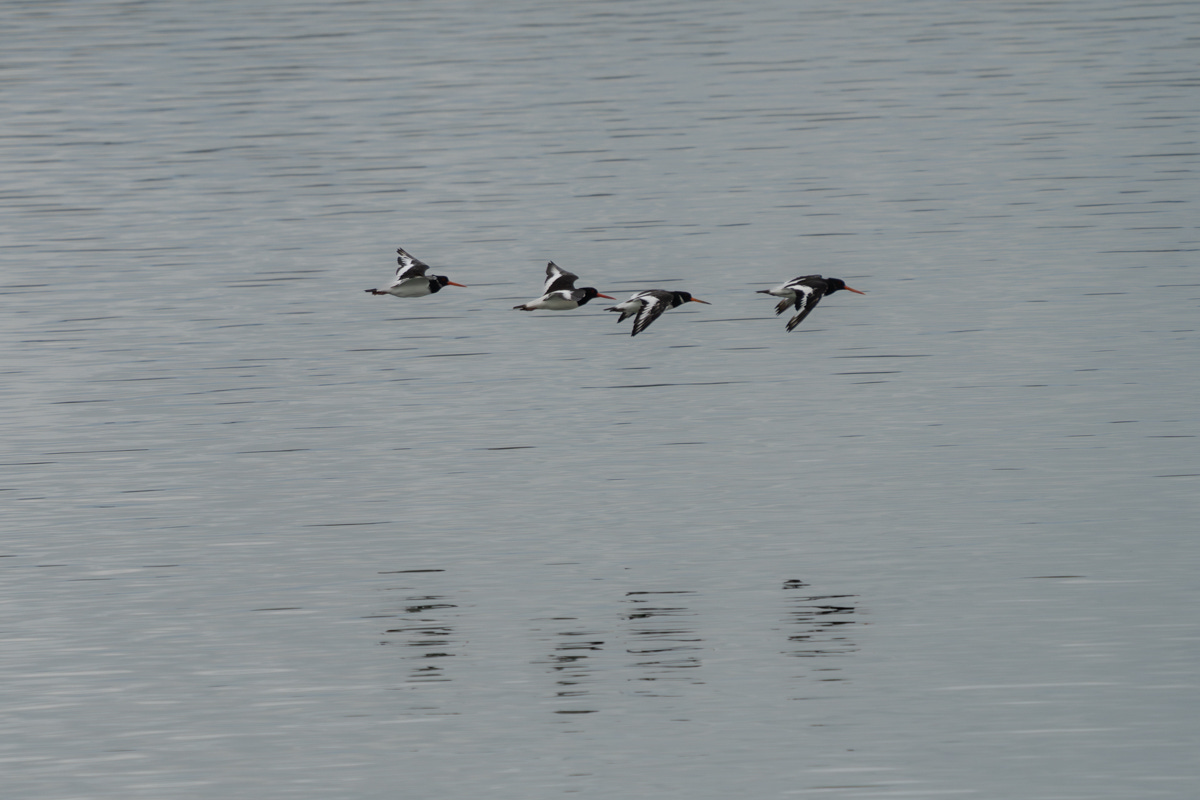
This week, I was on the beautiful North Devon coast. I headed to Fremington Quay, as it often appears on my BirdGuides as hosting rare visitors, as well as being home to many of the usual seaside suspects.
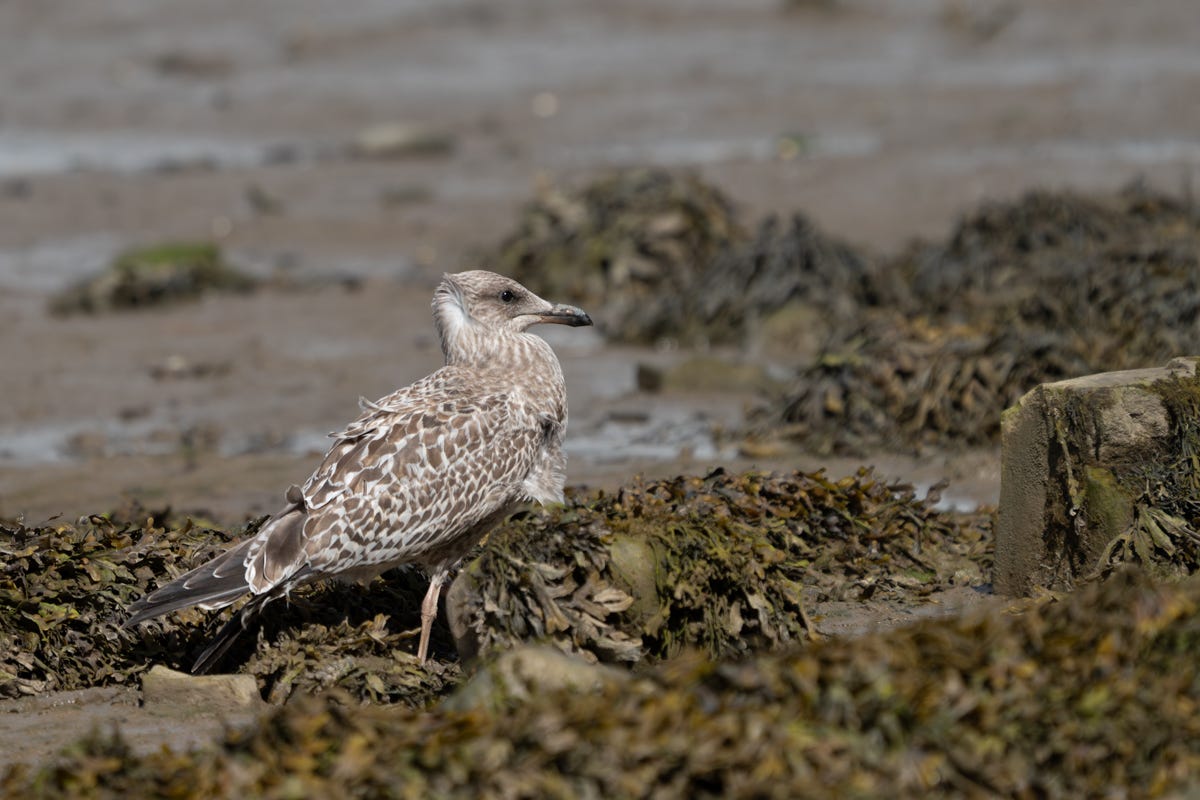
On arrival, you drive along a single-track road with a little wooden fence that separates you from the mudflats, exposed alongside the tidal river. Tempting though it is, you can’t take your eyes off the road to look at the abundance of waders foraging alongside the river!
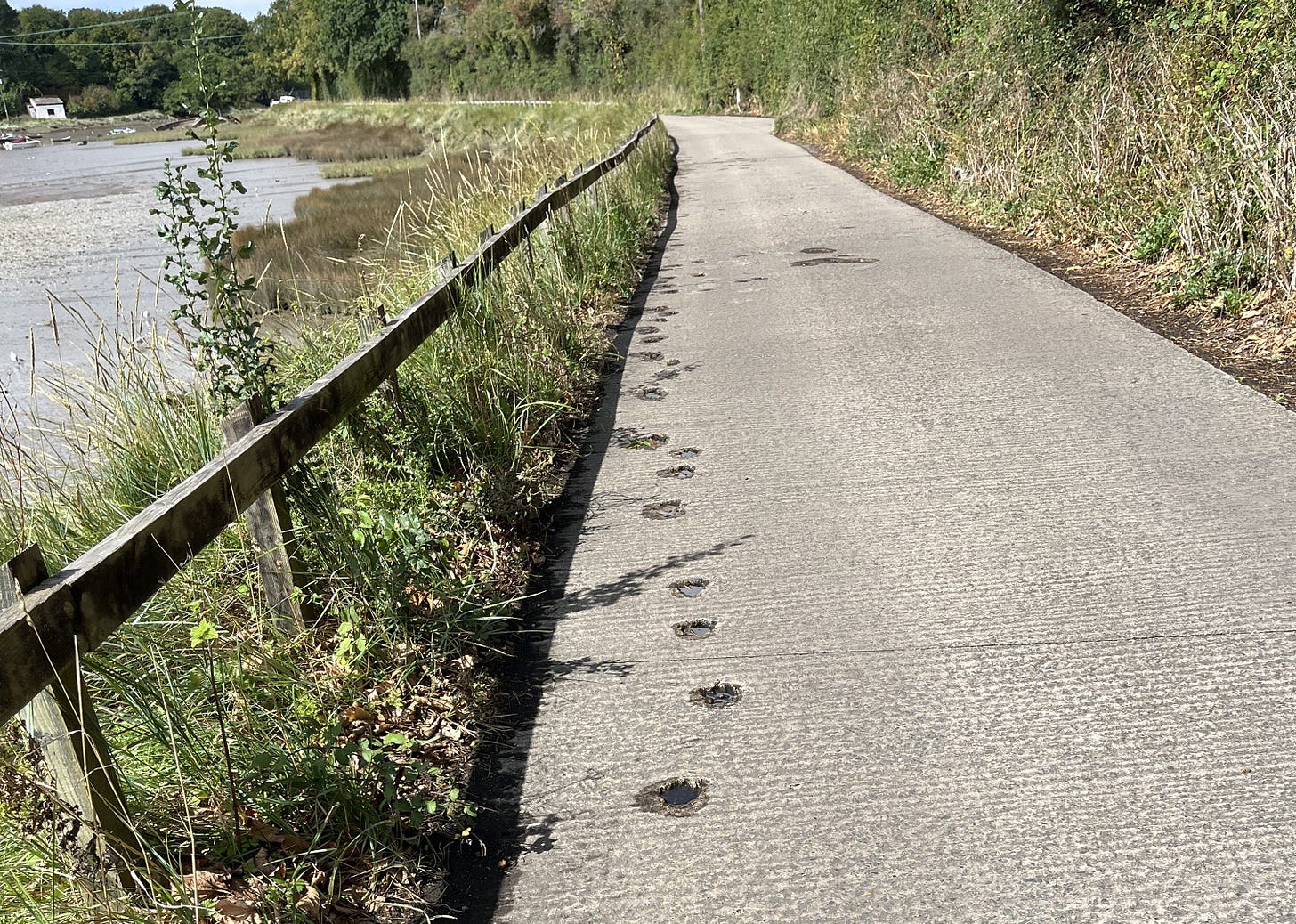
I managed to stay focussed and reach the carpark, and immediately headed to the bridge. On one side, the brown river trickles towards you. On the other, the estuary opens out into a wide ocean vista, with a pebbly beach down one side. That’s where I’m heading first.
Here, the salty sea air becomes somehow more briny, thanks to the brown-green seaweed heaped over the rocks. The only birdsong is the bickering of Black-Headed Gulls, which have only a small speck of black summer plumage remaining – just behind their eyes.
As I scanned the crowd of gulls, though, a brownish shape was moving around behind them. Like most waders, it kept its head down for a frustratingly long time, hiding its most identifiable feature: its beak.
A kind man with a camera like mine had tipped me off about a Black-Tailed Godwit, or ‘blackwit’ around here. Could this be it?
When it did eventually raise its head, a long, downward curved bill became apparent. Not a blackwit, they have straight bills. So this is a Curlew or a Whimbrel. Curlews are larger, with more uniform golden-brown plumage on their heads and an enormously long beak. Whimbrels have a pale stripe above their eye and a dark ‘crown’ above that, and their bill is slightly shorter and less curved.
A Whimbrel*! Pacing the line where the waves lap the beach, it probes its beak almost to the hilt, looking for molluscs and crustaceans. Anything caught gets thrown swiftly to the back of the throat in one deft movement. It’s fascinating to watch them as they work the shore.
*The photo above is actually not a Whimbrel. It’s a juvenile male Curlew (thank you Burhinus for your kind correction). You can sex a Curlew by the length of its bill; females have a longer, more curved beak. I’ll leave the photo in for comparison with the image, below, which is indeed a Whimbrel. This is testament to how difficult ID-ing waders can be. And now we all know how to sex a Curlew. Win–win!
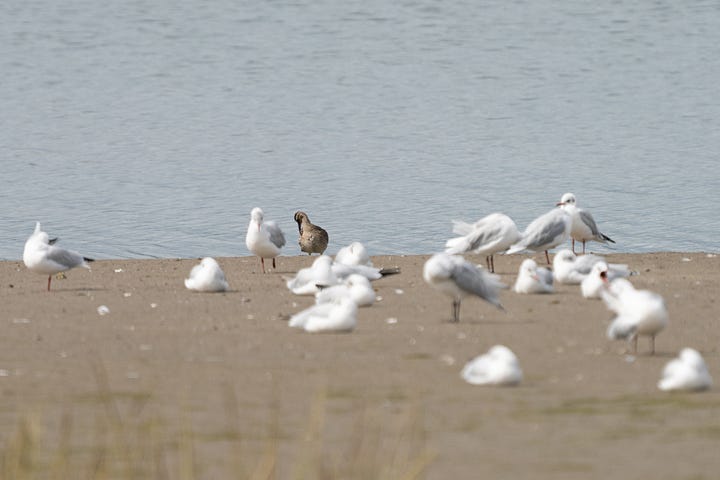
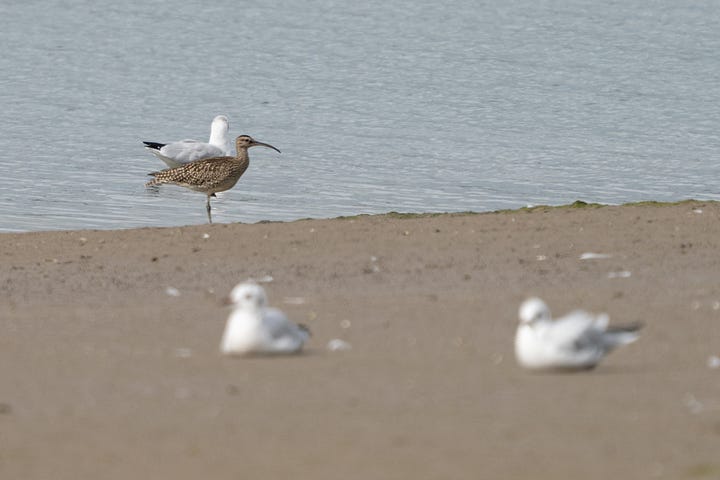
The terrain changes as the path meanders over a grass verge, which you follow the top of until you come to a duck pond. The pond, to the left, is alive with Little Egrets, bathing gulls, ducks, a family of Mute Swans and a wailing Little Grebe. There are often Cormorants among the egrets here, but I can only see one and it looks… weird. Proportionally, it’s all wrong.
This bird has a long, downward curved beak… but this is not a Curlew or a Whimbrel. It’s black! This is Fremington’s most famous guest: a Glossy Ibis that has visited the location on and off for years. I managed to get a record shot (heavily cropped, above) then turned heel and ran from the approaching squally downpours.
Back across the beach, some newcomers had arrived. Large waders, brown – with straight beaks. I thought the Godwit had evaded me, but it was just gathering its friends! Seven in total, purposefully striding alongside the Oystercatchers, gulls and Whimbrel.
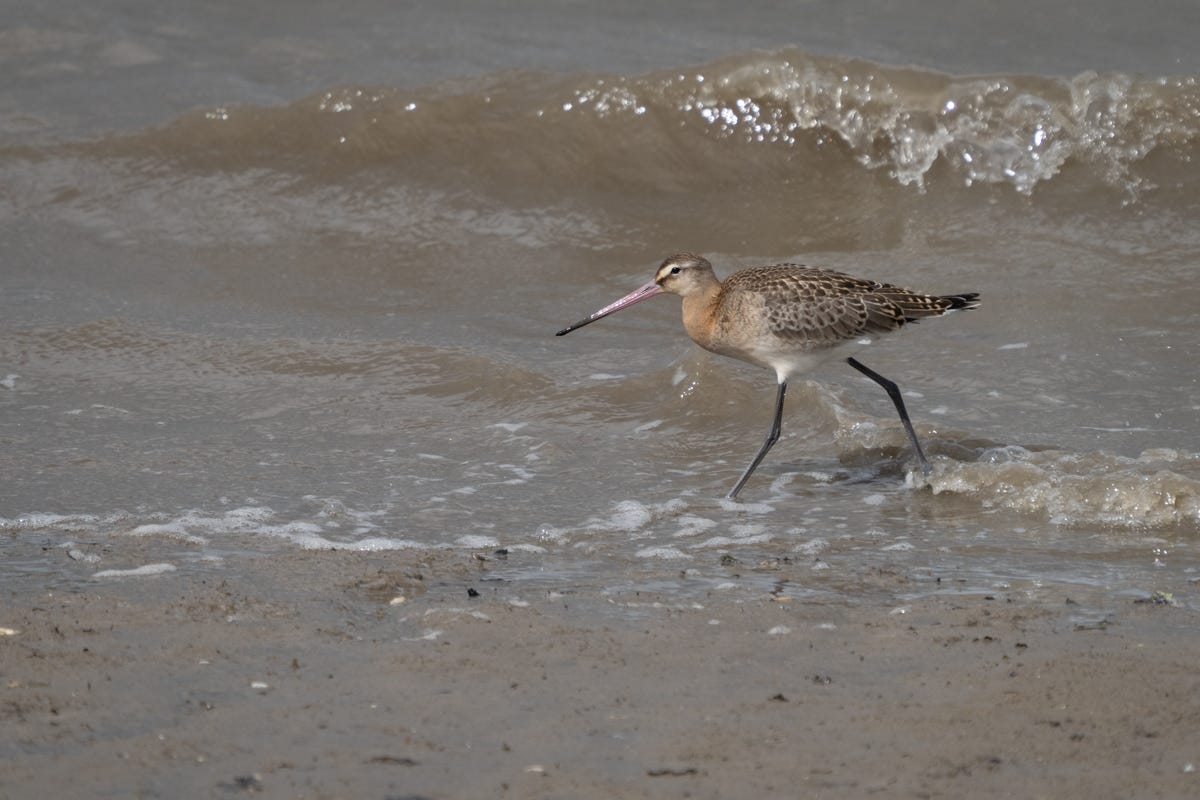
I honestly thought that was it for the day, and was pretty happy with my haul of photos. But on my drive out alongside the river, one of only four precious parking spaces was available! I have waited years for the chance to inspect the tidal mudflats up close – and I was not disappointed.
At first, lots of Redshanks. There are about 70 in the photo below, whereas I usually only see one or two at a time at other locations.
Then a Greenshank, not a bird I see very often. I love how cute and unassuming they look. Their darker wing feathers are bordered with intricate details – extremely pretty.
Somehow, the star of the show was something I’d already seen – a Glossy Ibis! The same one? I don’t know. I assume local birders would have noticed if there were two here. Closer this time, allowing a better photo, though the dull light didn’t fully showcase the beautiful iridescence of its feathers.
But it didn’t keep my head turned for long. Nor did the Grey Heron or Little Egrets, or even the Buzzard that scattered the waders as it patrolled overhead.
Emerging from the long grass, the missing puzzle piece. A sideway glance from this tall, golden bird with exquisitely detailed plumage reveals the beak of the day. It’s a Curlew!
Critically endangered, these birds have the most hauntingly beautiful call (listen to it here). I’ll never forget waking up in a campsite at the coast to hear their song echoing across the countryside.
While our Curlews often spend their winters in Ireland of France, we get an influx from Scandinavia, so they can be seen on most of the English coastline year-round. The UK and Ireland are home to 25% of the global population of this species and, like many of the birds in this post, they are on our ‘red list’ of most endangered bird species.
The muddy margins of a tidal river might not make the most photogenic backdrop, but thanks to the nutrients in the silt they support a huge range of invertebrates, and therefore the birds that feed on them too.
And perhaps best of all, they’re often free to visit. Just… don’t venture onto the actual mud. It’s extremely dangerous (and entirely unnecessary).
Thanks for reading – I’d love to hear what you’ve spotted out and about while I was gallivanting in Devon!
Gem


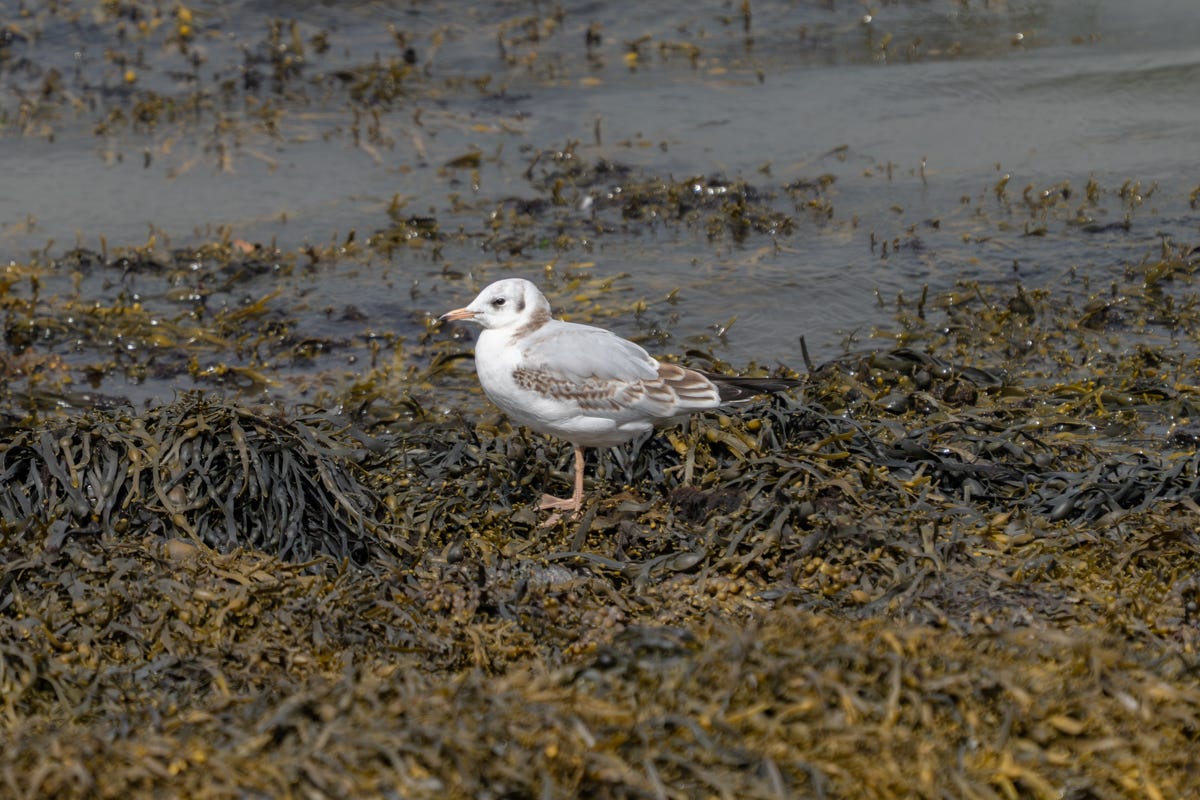
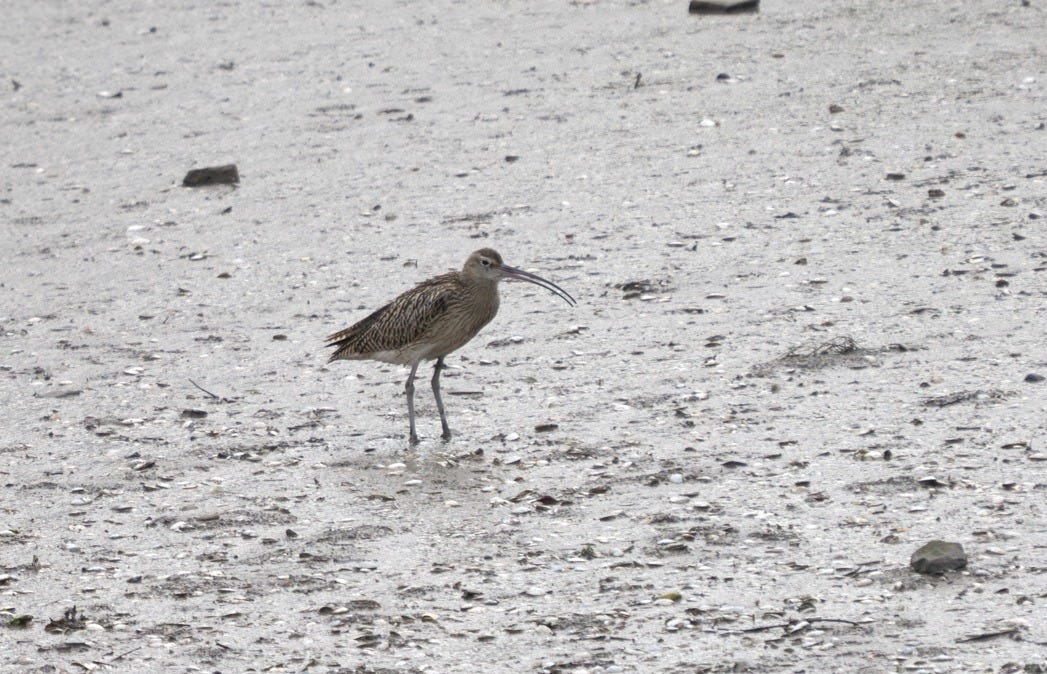

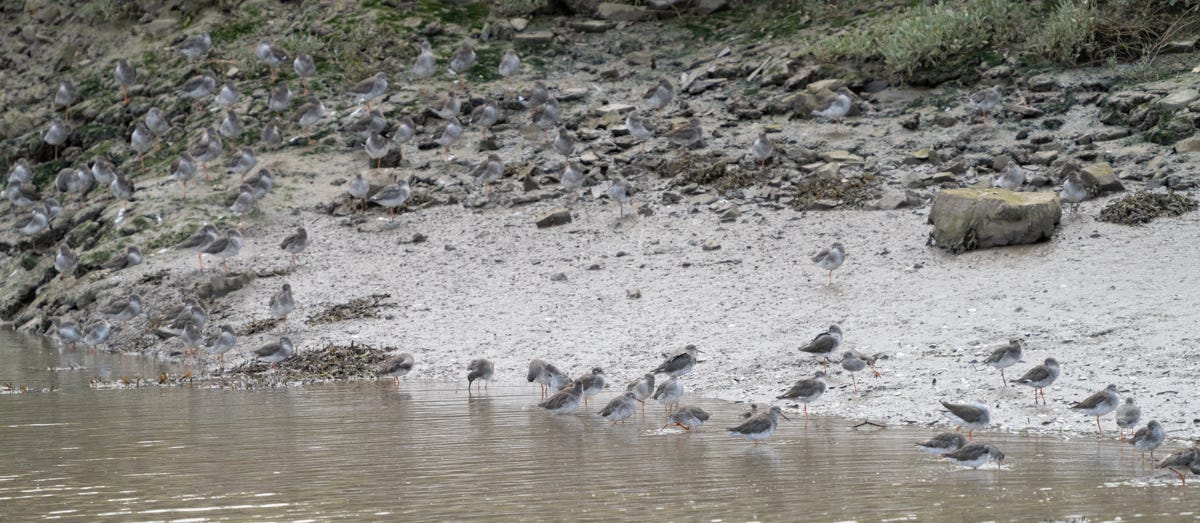
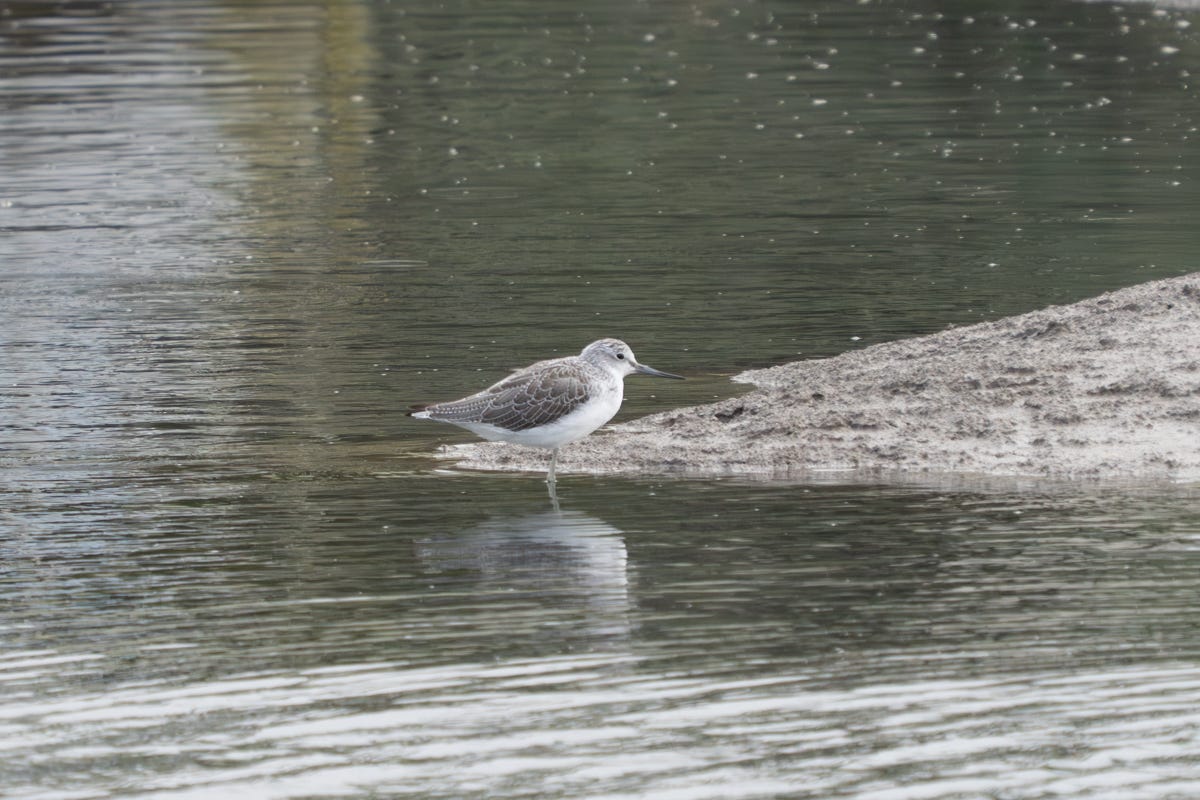
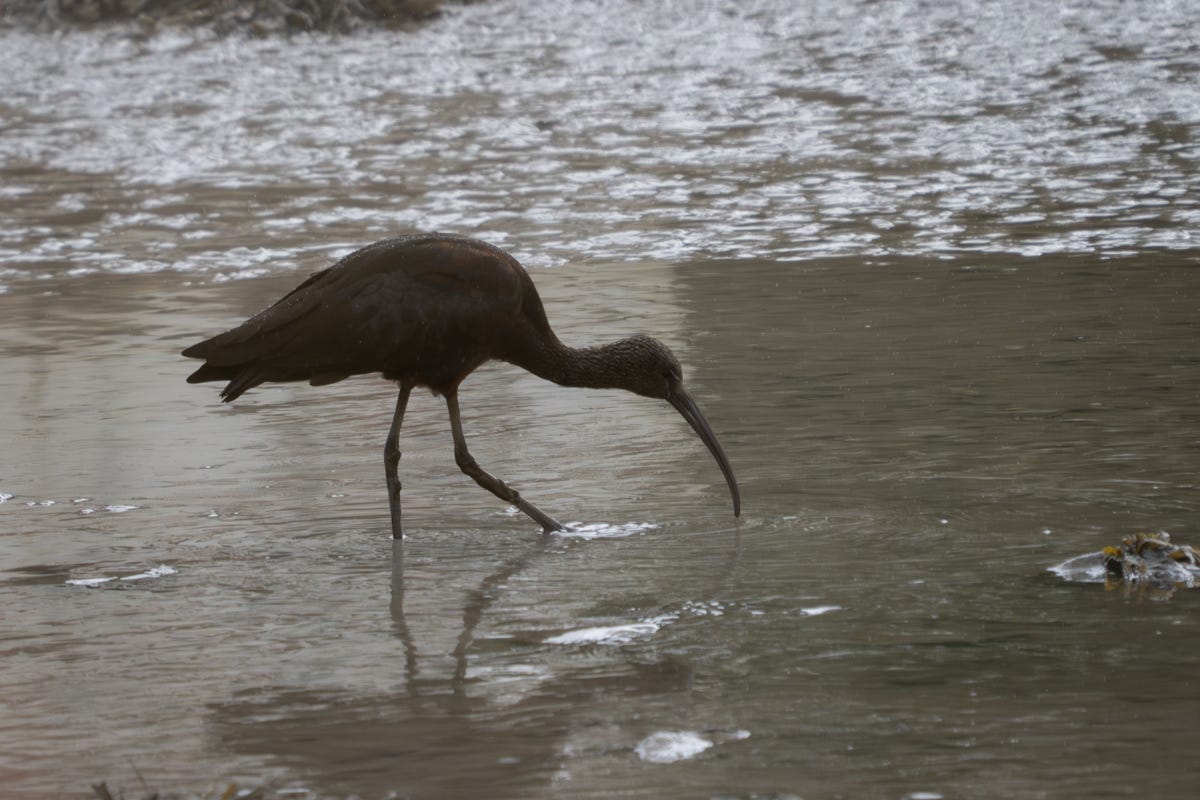

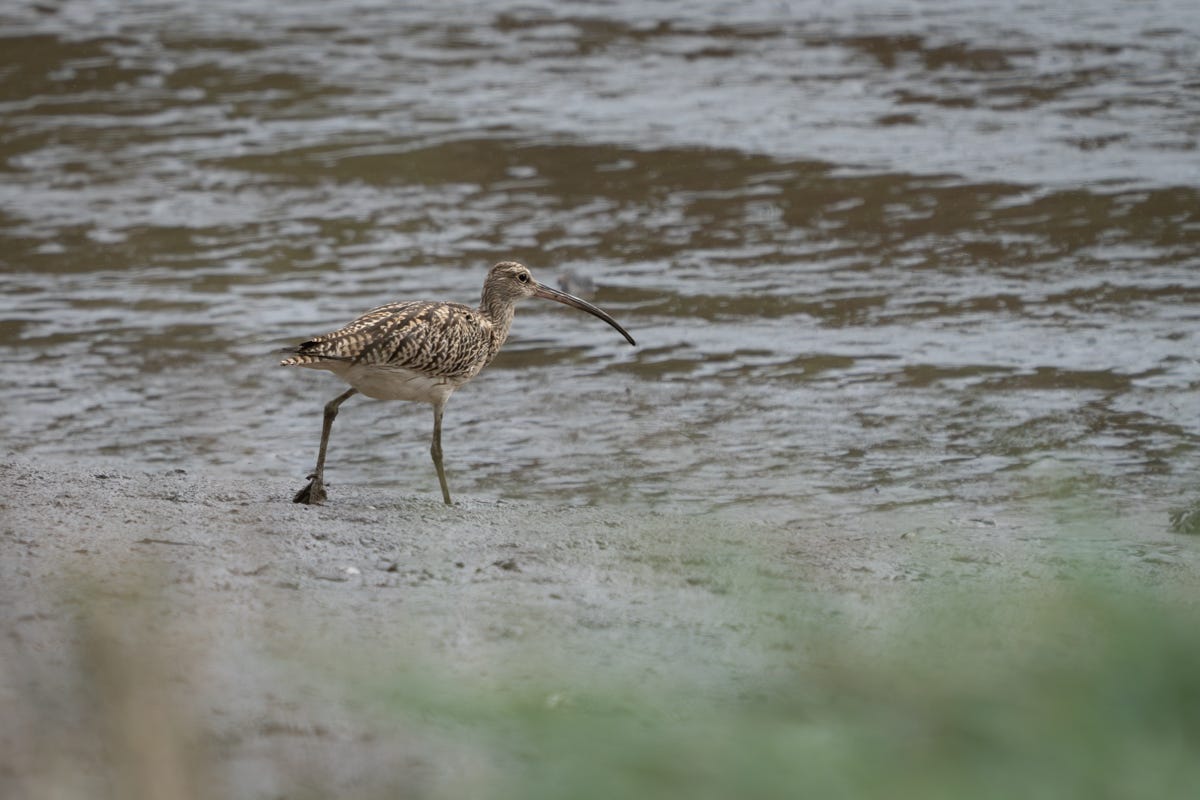
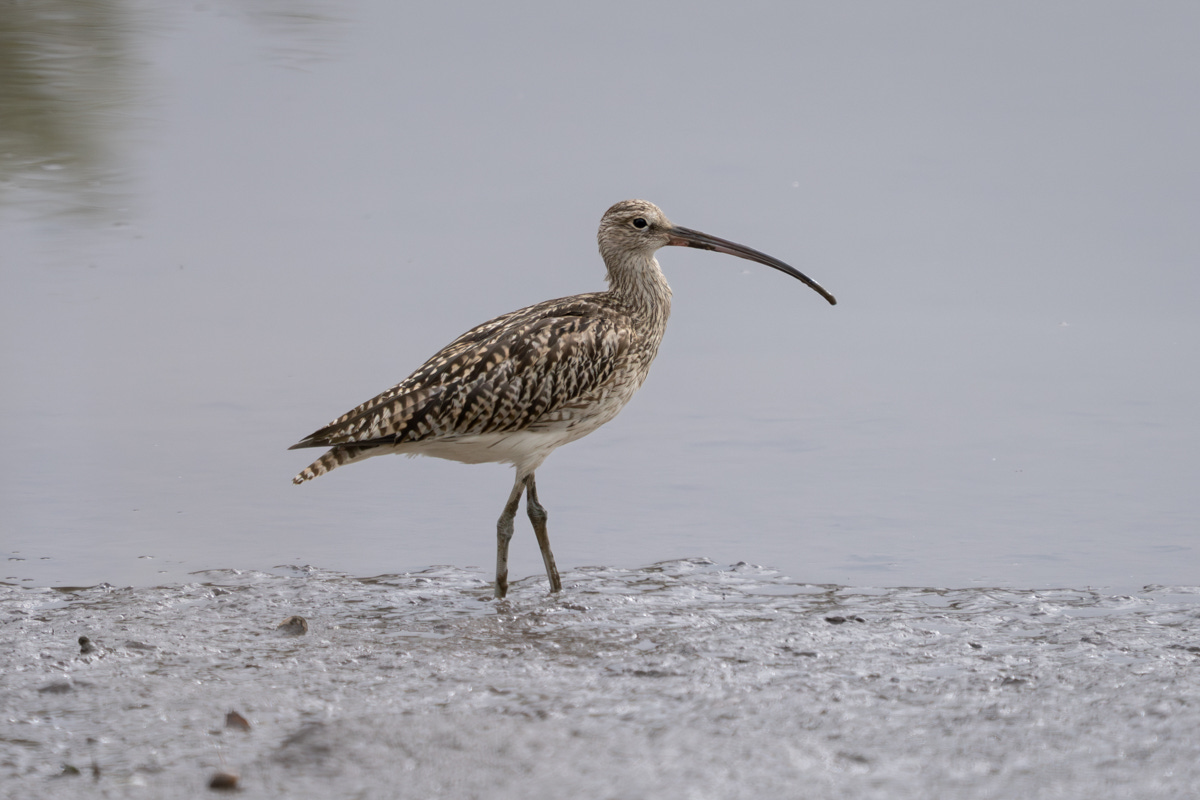
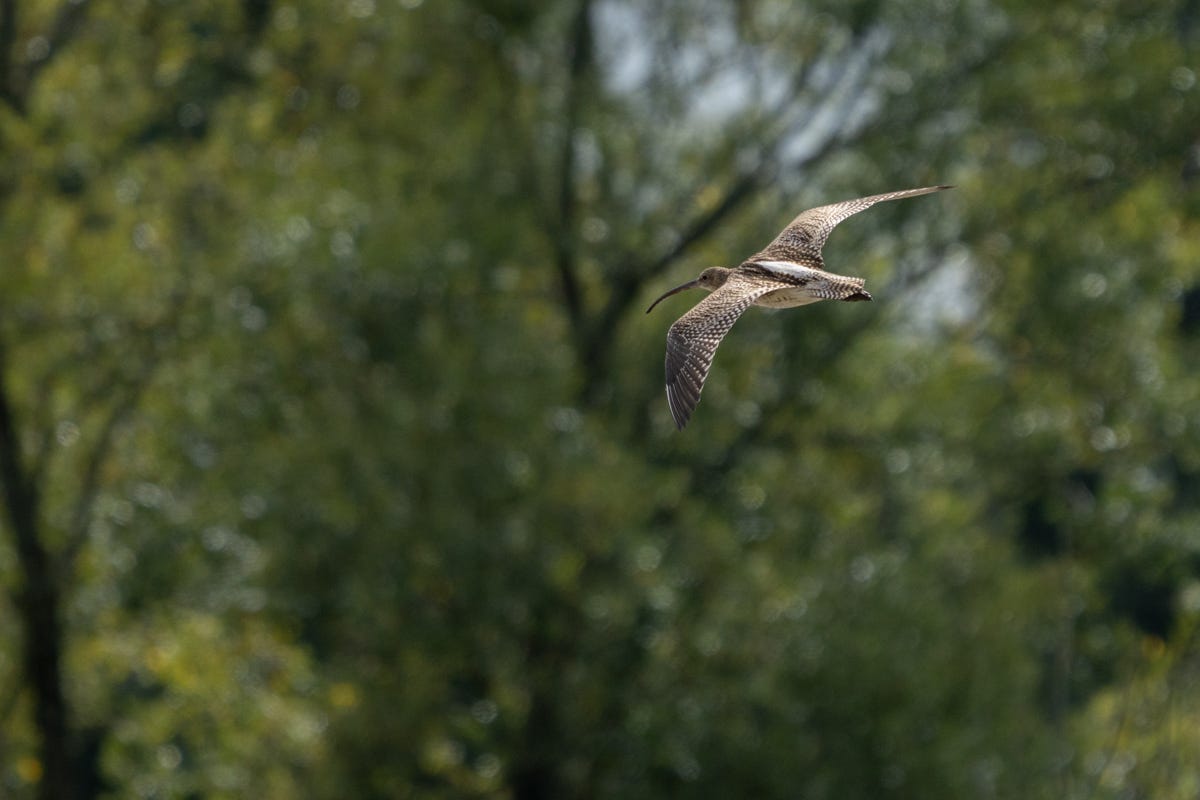
@Ni @Gem at Birdfolk
This is very topical for you and very hot off the press.
25+ Glossy Ibis have just flown on to Breydon Water South Wall Flats, nr Great Yarmouth, Norfolk.
The most I have seen together in the UK is 5!
I had no idea glossy ibis could be seen in this country! I’ve been very lucky to have seen them in India as they’re winter visitors. I’ll have my eyes open now